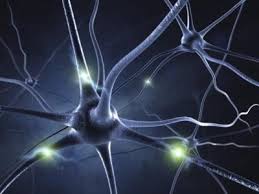Neurobiologists at UC San Diego have discovered how signals that orchestrate the construction of the nervous system also influence recovery after traumatic injury. They also found that manipulating these signals can enhance the return of function.
Most people who suffer traumatic injuries have incomplete lesions of neural circuits whose function can be partially restored from the reconfiguration of the spared circuits with rehabilitative training. But the mechanisms are not well understood. Biologists at UC San Diego report that removing the gene that encodes Ryk, a cell surface receptor for signaling proteins that control the wiring of the nervous system in development, enhances the ability of adult mice to remodel their neural circuits for the recovery of fine motor control after spinal cord injury. This study now provides the first genetic evidence that those signaling proteins, important in wiring the nervous system in development, have a profound influence on how central nervous system axons respond to spinal cord injury. This suggests that many other guidance cues, in addition to these signaling proteins, may also play roles in adult spinal cord repair. This opens up new opportunities to apply what we've learned in nervous system development to treat paralysis in adulthood according to the researchers. These signaling proteins, or "Wnts," play important roles in cell-cell communication. In the development of the nervous system, they determine what types of nerve cells young neurons eventually become and how they are spatially organized.
To elucidate the role of the Wnt proteins in spinal cord repair, the scientists developed a strain of mice that allowed them to remove Ryk from the motor cortex of the adult mouse. Using this strain of mice and a normal control group, the scientists lesioned the dorsal column-the white matter tract within the spinal cord-at the C5 location of the spine to mimic a partial spinal cord injury in the mice. This severed their motor and sensory axons, but left the gray matter and the rest of the white matter within their spinal cords intact.
